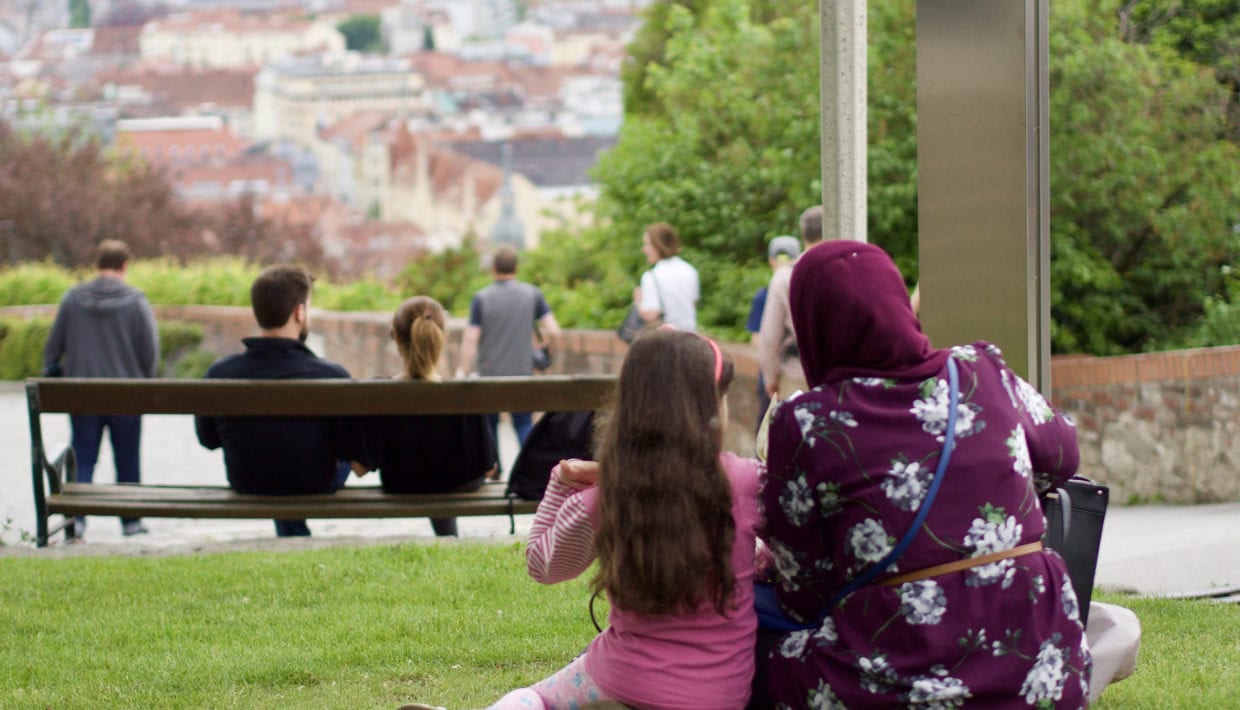
New article: How is immigrant heritage represented in Norwegian museums?
Researchers from NIKU have published a new article on the means and approaches Norwegian museums use to involve immigrants in museum work and how they include the stories and experiences of modern migrants in their collections.
Increased migration has prompted discussions regarding most of the prime functions of museums as societal institutions. When the population and potential users of museums become more heterogeneous and diverse, the idea of a shared common national history becomes contested.
Immigrant cultures have an important function in history writing and in heritage production. Many museum officials are currently concerned about developing new means to enable museums to face the challenges arising from increased migration.
In a newly published article, researchers Grete Swensen and Torgrim Sneve Guttormsen ask: What are the means and approaches that Norwegian museums currently use to involve migrants in museum work and how do they include stories and experiences from modern migrants in their collections.
Read the results of the study and the full Open Access article here:
Illusionary equality? Museum politics, practice and immigrant heritage
The study is conducted within the sub-project Immigrant Heritage under NIKUs strategic institute research program (SIS) Heritage Politics.
The sub-project explores how immigrants’ perspectives on cultural heritage are prominent in the public space in Norway, and more specifically in the strategies and practices of the cultural heritage management.

